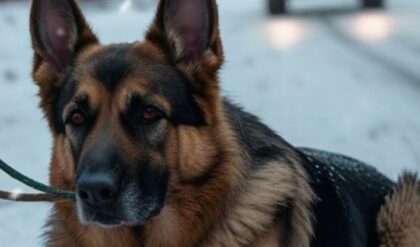
In aviation history, few aircraft boast a silhouette as distinctive as the Vought F4U Corsair. Dubbed the “Bent-Wing Bird” by aviation enthusiasts and wartime pilots alike, the Corsair’s iconic inverted gull-wing design has intrigued, bewildered, and enamored onlookers for decades. Yet, far from being a mere aesthetic quirk, the Corsair’s unusual wing structure was a marriage of form and function—a clever solution to its era’s challenging aerodynamic demands and operational requirements.

Genesis of the Gull-Wing: Groundwork and Genesis
To truly grasp the raison d’être behind the Corsair’s peculiar wing design, one must delve into the practical problems the Vought engineers faced. As World War II loomed, the aviation industry was under tremendous pressure to deliver fighter planes with heightened capabilities. The Corsair, intended as a carrier-based fighter, had to house the hefty Pratt & Whitney R-2800 Double Wasp engine. This mammoth powerplant enabled the Corsair to achieve speeds north of 400 mph. But with that power came the need for a larger propeller.
This is where the problem emerged: a larger propeller demanded longer landing gears to prevent the propeller tips from striking the ground during takeoff or landing. However, elongating the gear would make it fragile and unsuitable for the jarring, rapid descents on aircraft carrier decks.
The genius of Vought’s designers lay in the gull-wing structure. By bending the wings downwards near the fuselage and then angling them outwards in the familiar ‘V’ shape, the engineers could keep the landing gear’s strut short and robust while ensuring ample ground clearance for the colossal propeller.

Aerodynamic Alchemy: Beyond Mere Ground Clearance
But, the benefits of the bent-wing design continued beyond practical ground clearance. Aerodynamically, the inverted gull-wing improved the aircraft’s center of gravity, lending a certain stability in flight, especially during the turbulent approach to a carrier deck. Moreover, the gull wing’s upward angle at the wingtips—beyond its central downward bend—reduced the dreaded wingtip vortices, inherently improving the Corsair’s overall aerodynamic efficiency.

Operational Excellence: The Carrier Landing
Carrier landings, as any naval aviator will attest, are high-stakes affairs. While initially posing challenges in pilot visibility during landings, the Corsair’s gull-wing design was eventually mitigated with training and minor design alterations. The robust landing gear, supported by the gull-wing design, meant that the Corsair could handle the intense stress of carrier landings better than many of its contemporaries.
A Legend Cemented: The Corsair’s Legacy
With its menacing growl (often referred to as the “whistling death” by adversaries) and unparalleled speed, the Corsair quickly carved out a formidable reputation in the Pacific theater. But the aircraft’s emblematic bent wings—a harmonious blend of engineering sagacity and elegant design—ensure its eternal place in the pantheon of legendary warbirds.
Overall, while immediately visually arresting, the Corsair’s inverted gull-wing is a testament to the lengths engineers and designers will go to meet specific operational and performance challenges. It is an enduring symbol of how challenges can lead to innovations that blend form and function in the most unexpected ways.
For more insights into the F4U Corsair and other important military aircraft, visit Aces In Action. Here, you’ll find an amazing piece of artwork by Craig Tinder titled “Arrow 188,” which illustrates a profile of the Corsair flown by Lt. Dean Caswell.
Arrow 188 F4U Corsair Aviation Art Print – Profile by Craig Tinder
1st Lt. Dean Caswell entered service in 1943 upon graduation from flight school in Pensacola, Florida. He was immediately assigned to the U.S. Marine Corp with VMF-221 . Assigned to the U.S.S. Bunker Hill of Task Force 58, VF-84 took part in the invasion of Iwo Jima as well as raids on Tokyo and other mainland Japanese targets. VF-84 also took part in the discovery and demise of the Japanese Battleship “Yamato”, the largest warship in the world.





